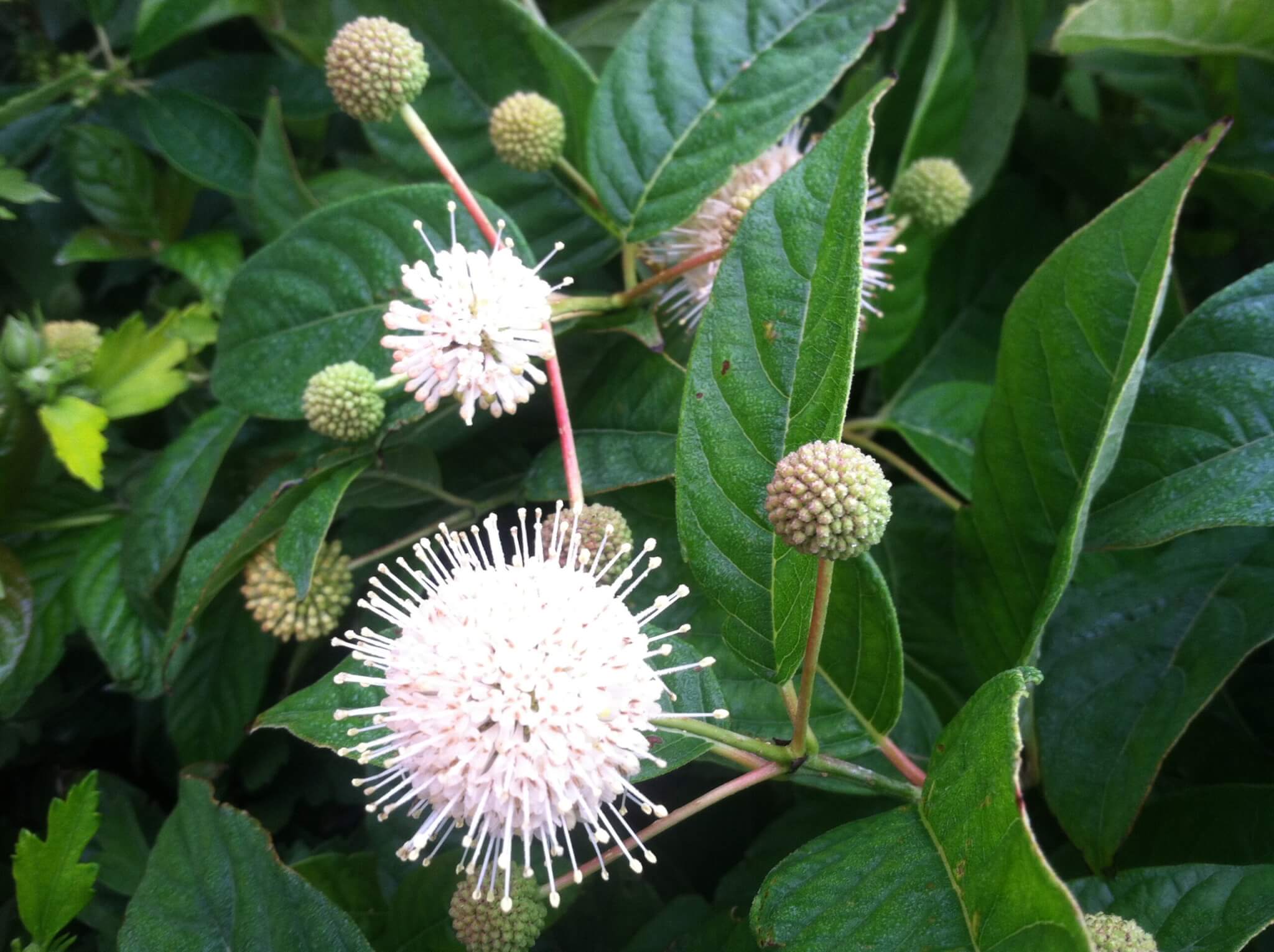Beautiful Spaces
Creating beautiful spaces is often what drives people to start their landscaping experience. As we grow and cultivate our connection with nature, we start to recognize the value of landscapes not just for their aesthetic qualities, but also for the function as a part of the natural world. There is an expanding movement to design landscapes that are not just pretty, but also beneficial. Our plants have a lot to offer when we understand how they interact with the soil, other plants and local food webs.
The decline of pollinator populations is widely recognized, but many people don’t realize bird populations are experiencing the same challenges. There are several factors contributing to this, one of the most important (and easiest for the average homeowner to help solve!) is habitat loss. Humans use a lot of land, and if we only keep our existing preserved wild spaces, population decline will continue. Luckily, our friends at Audubon have created a bird-friendly communities initiative to help you create healthy, thriving habitats for birds and other backyard wildlife.
The Solution: Plant a Little for the Birds
You don’t have to devote a lot of space to habitats, even a few potted plants on a balcony can help. Start small. Pick an area you already want to renovate and focus your new selections on beneficial habitat plants. Think about creating levels within your garden: trees for cover and to host insects for food, small trees or large shrubs with nutritious berries, waist high perennials and grasses, and ground covers, including leaf litter.
Habitat Elements
- Berries & fruits provide sugar and carbs for quick energy during migration.
- Nuts & seeds are high in fat and can be preserved for a nutritious treat later in the winter.
- Nectar isn’t just for pollinators, think of how a hummingbird uses its bill to drink from a flower.
- Insects are important for growing baby birds. 96% of land birds feed their babies nutrient-packed insects that are easy to digest for fast growth. Each chick needs 9,000 insects between birth and when they fledge.
- Access to water is necessary throughout the year.
A wide range of plants in your yard will attract a variety of bird species. Do you have a favorite bird? If you’re trying to attract something specific, check out Audubon’s plant database to find their specific needs.
Plant Native
Because our local bird species evolved with native plants and have adapted to chemical compounds in the plants, those species tend to be the best for habitats. For example: a native Oak hosts 557 species of caterpillars. A non-native gingko hosts 5 species. Encouraging native insects won’t lead to infestations if a balance is achieved. If caterpillar populations spike, predators like birds will move in to take care of the problem.
The proportion of turf-grass lawns to plantings, native or otherwise, is cutting into valuable habitat space. Use lawn as an accent to set off planted areas instead of being the main attraction. This will also save water resources that would normally be used on turf areas and make them available for wildlife and humans. Native plants, when planted in appropriate environments, can thrive on average yearly rainfall. Bonus on cutting down on turf grass areas: destructive Japanese beetles thrive in dirt and feed on turf grass roots. Less lawn equals less habitat for Japanese beetles.
Be a Good Neighbor: Work with your Homeowners Association
Know what you have. Identifying native plants and showing your intention to create a habitat space in your landscape using plant labels is sometimes all you need to turn a perceived patch of weeds into a beautiful natural garden.
Edge your native area with well-manicured turf, edgers, or build up raised beds to define the space as a cultivated garden.



